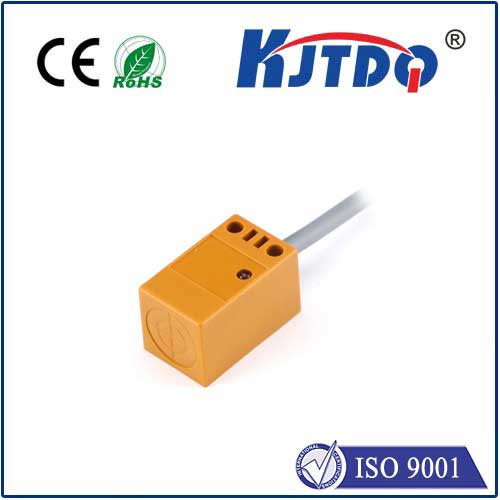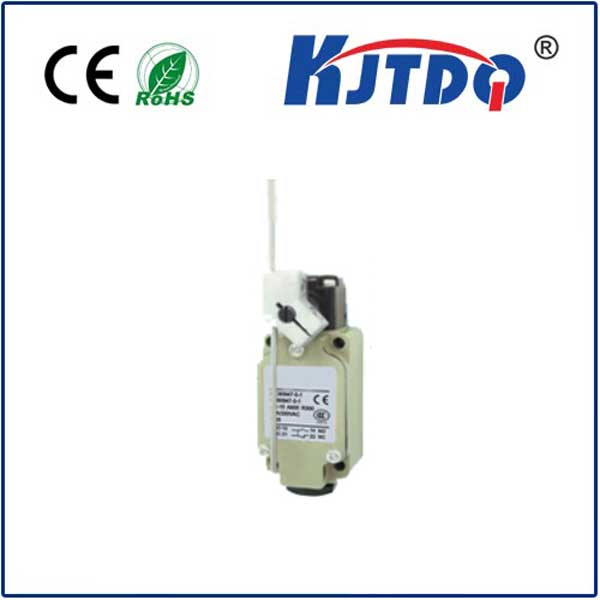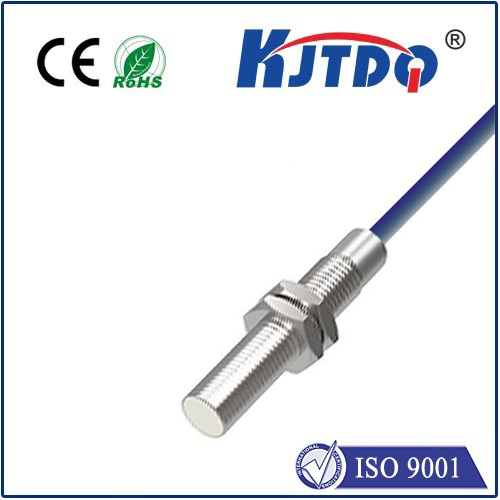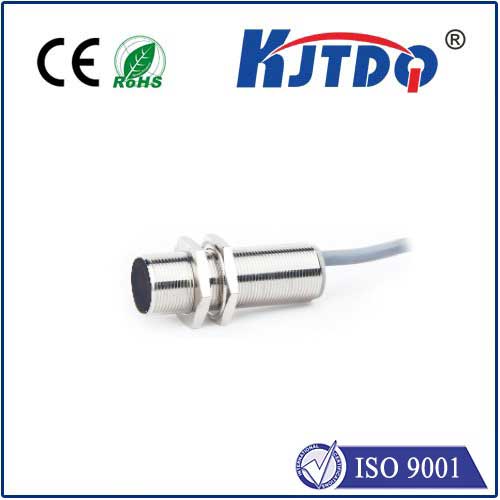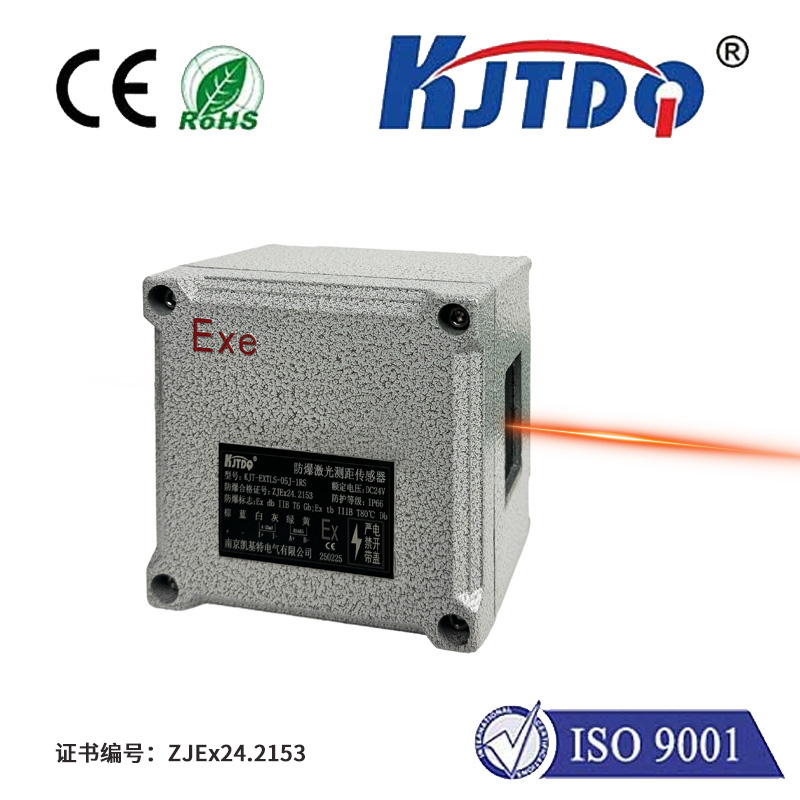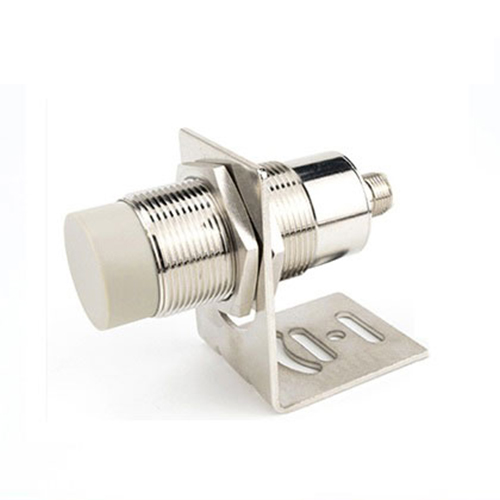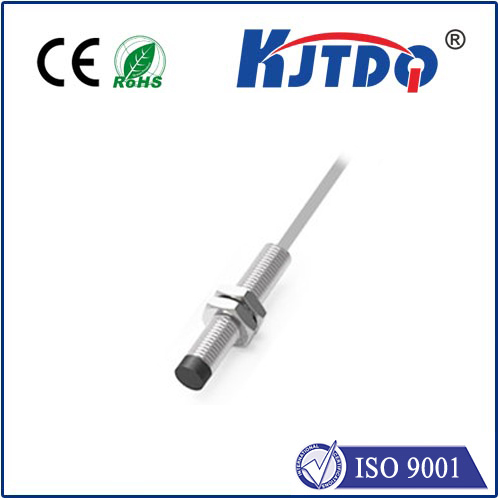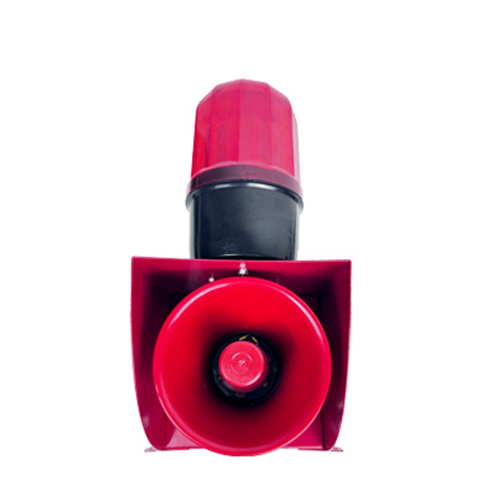

check

check

check

check

check

check

check

check

check

check
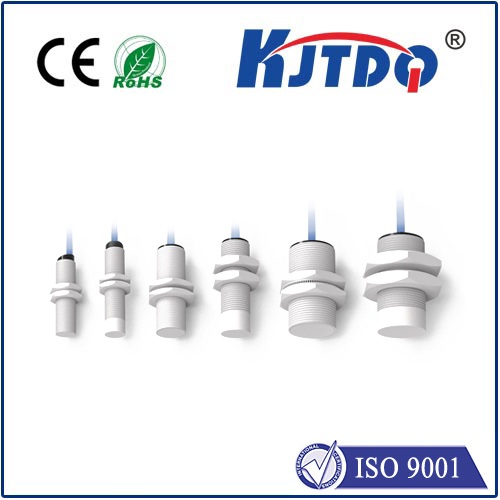
1. Static characteristics of the sensor
The static characteristics of a sensor refers to the relationship between the static input signal, the output of the sensor and the input quantity.
Because the input quantity and output quantity are independent of time at this time, the relationship between them, that is, the static characteristics of the sensor, can be used as an algebraic equation without time variables, or the input quantity is used as the abscissa and the corresponding output quantity is plotted as the ordinate. Characteristic curve to describe.
The main parameters that characterize the static characteristics of the sensor are: linearity, sensitivity, resolution and hysteresis.
Linearity refers to the proportional relationship between sensor output and input or, to be precise, the straight-line relationship between output and input. The higher the linearity, the more accurate the relationship between the sensor's output and input, and the higher the accuracy.
Sensitivity refers to the relationship between the corresponding change in sensor output and the change in input. The higher the sensitivity, the more responsive the sensor is to changes in input, and it can also sense and react to subtle changes in the input signal.
Resolution refers to the smallest input change or output change that a sensor can sense and measure. The higher the resolution, the more accurately the sensor can measure and accurately detect small changes in the input signal.
Hysteresis is the delay between the corresponding change in the sensor output when the input signal changes. The smaller the hysteresis, the more timely the sensor responds to the input signal and can reflect changes in the input signal faster.
In summary, understanding the static characteristics of a sensor is crucial for proper use and evaluation of sensor performance. Different types of sensors may differ in their static characteristics, so when selecting and applying sensors, these parameters need to be considered based on specific needs and application scenarios. By properly selecting and configuring sensors, more accurate and reliable measurement and control can be achieved.
The main parameters that characterize the static characteristics of the sensor are: linearity, sensitivity, resolution and hysteresis, etc.
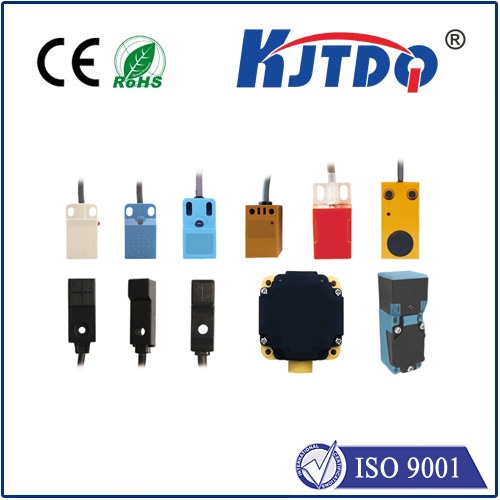
2. Dynamic characteristics of the sensor
The so-called dynamic characteristics refer to the characteristics of the sensor output when the input changes. In practical work, the dynamic characteristics of a sensor are usually expressed through its response to certain standard input signals. This is because the sensor's response to a standard input signal is easy to obtain experimentally, and there is usually a certain relationship between its response to a standard input signal and its response to any input signal. The latter can often be inferred by understanding the former.
The most commonly used standard input signals are step signals and sinusoidal signals, so the dynamic characteristics of the sensor are often represented by step response and frequency response.
Step response refers to the characteristic of how the sensor's output changes with time when it receives a step signal. By analyzing the step response of a sensor, you can understand its transient characteristics, such as its response time, overshoot, etc.
Frequency response refers to the response characteristics of the sensor to input signals of different frequencies. The response of the sensor to input signals of different frequencies can help us understand its sensitivity and phase delay at different frequencies.
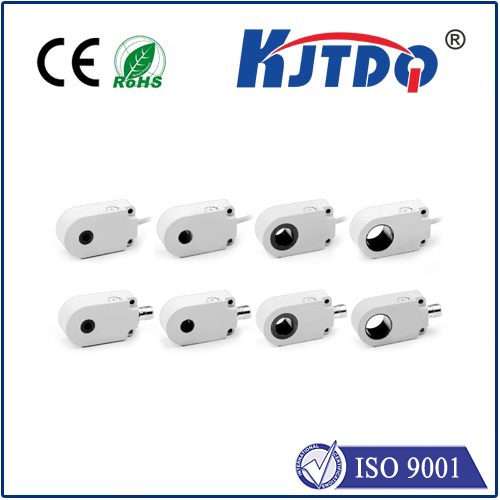
3. Sensor linearity
Usually, the actual static characteristic output of the sensor is a curve rather than a straight line.
In actual work, in order to make the instrument have a uniform scale reading, a fitted straight line is usually used to approximately represent the actual characteristic curve, and linearity (nonlinear error) is the performance index of this approximation.
There are many ways to choose a straight line to fit. For example, the theoretical straight line connecting the zero input point and the full-scale output point can be used as the fitting straight line; or the theoretical straight line with the smallest sum of square deviations of each point on each characteristic curve from the theoretical straight line can be used as the fitting straight line. This fitted straight line is called the least squares fitted straight line.
The linearity of a sensor is an important indicator to measure whether the relationship between its output and input is linear. If the relationship between the sensor's output and input is linear, then the fitted straight line will represent the actual characteristic curve well; if the relationship between the sensor's output and input is non-linear, then the fitted straight line will not be able to To accurately represent the actual characteristic curve, large fitting errors will occur.
Linearity is very important for the accuracy and stability of the sensor. If the linearity of the sensor is high, its output will have good consistency and predictability with the input, and the measured physical quantity can be measured and controlled more accurately. Therefore, in the process of sensor selection and application, the requirement for linearity cannot be ignored.
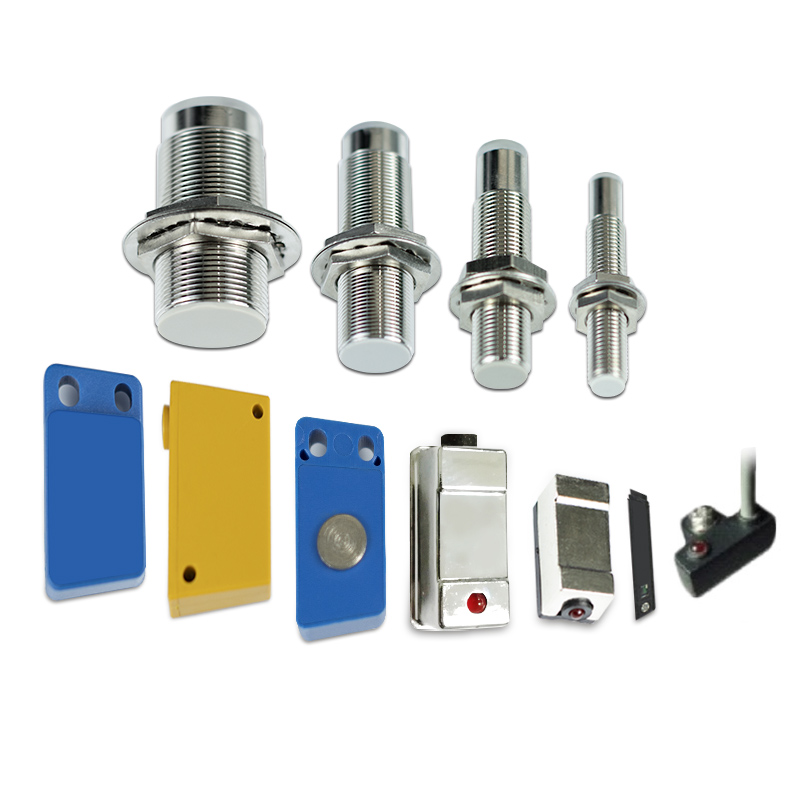
4. Sensor sensitivity
Sensitivity refers to the ratio of the output change Δy of the sensor to the input change Δx under steady-state operating conditions. It is the slope of the output-input characteristic curve.
If there is a linear relationship between the sensor's output and input, then the sensitivity S will be a constant. Otherwise, it will vary with the size of the input.
The dimension of sensitivity is the ratio of the output and input dimensions. For example, for a certain displacement sensor, when the displacement changes by 1 mm, the output voltage changes by 200 mV, then its sensitivity should be expressed as 200 mV/mm.
When the sensor output and input have the same dimensions, sensitivity can be understood as magnification. Increasing sensitivity results in higher measurement accuracy. However, the higher the sensitivity, the narrower the measurement range and the worse the stability.
Sensor sensitivity is crucial for many application scenarios. For example, in scientific experiments, highly precise measurements are required to draw accurate conclusions. In the industrial field, the sensitivity of a sensor determines its reliability and stability in monitoring and control processes.
To improve the sensitivity of the sensor, some measures can be taken. First, choose a high-quality sensor device. Second, make sure the sensor matches other system components to avoid signal loss or distortion. In addition, strengthening sensor calibration and regular maintenance can also improve its sensitivity and accuracy.
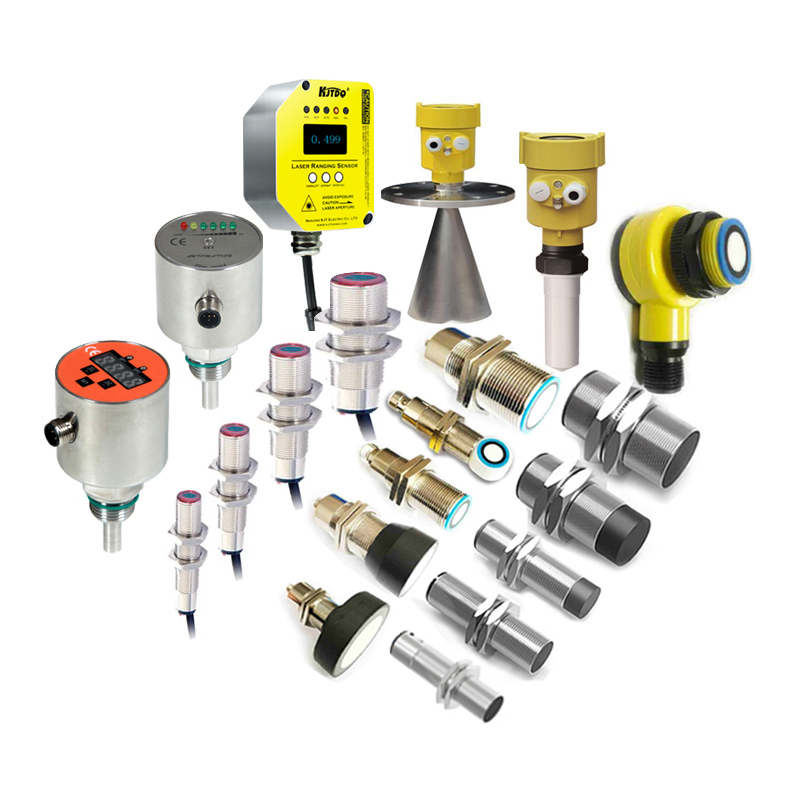
5. Sensor resolution
The resolution of a sensor refers to its ability to sense the smallest change in the object being measured. That is to say, when the input quantity slowly changes from a certain non-zero value, if the input change value does not exceed a certain value, the output of the sensor will not change, that is, the sensor cannot distinguish the change of the input quantity. The sensor output will change only when the change in input exceeds the resolution.
Normally, the resolution of the sensor is different at each point in the full range, so the resolution is often measured by the maximum change in input that can cause a step change in the output across the full range. If the above indicators are expressed as a percentage of the full scale, it is called resolution.
The resolution of the sensor is very important for the accuracy and precision of the measurement results. When selecting a sensor, the required resolution needs to be determined based on the measurement needs to ensure the reliability of the measurement results.
The size of the resolution depends on the design and manufacturing process of the sensor. The higher the resolution of the sensor, the smaller the change can be sensed, thereby improving the accuracy of the measurement. However, high-resolution sensors are generally more expensive, so there is a trade-off between price and performance when choosing a sensor.

